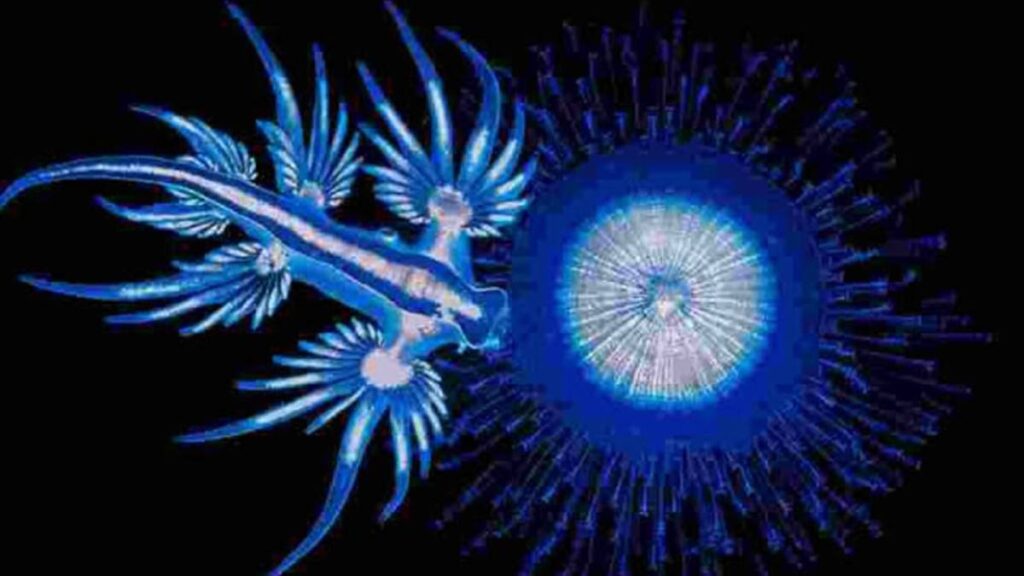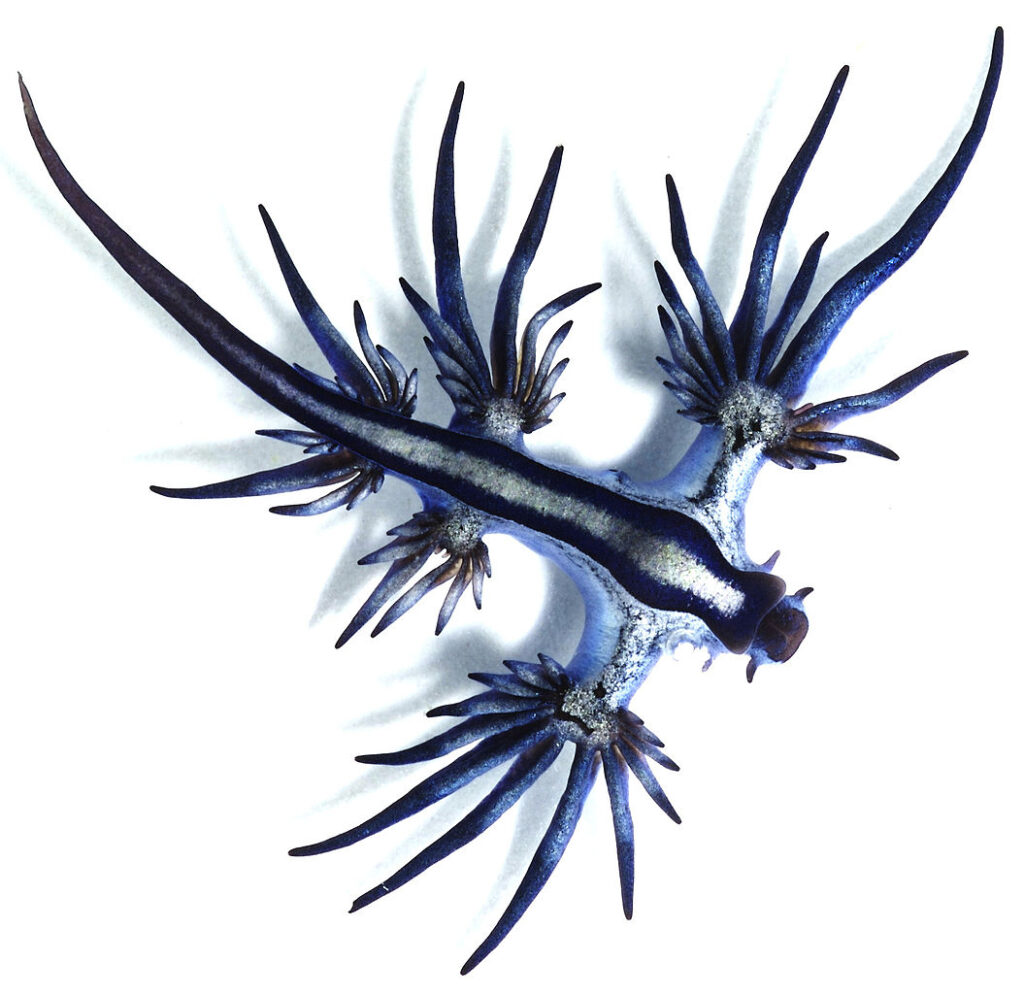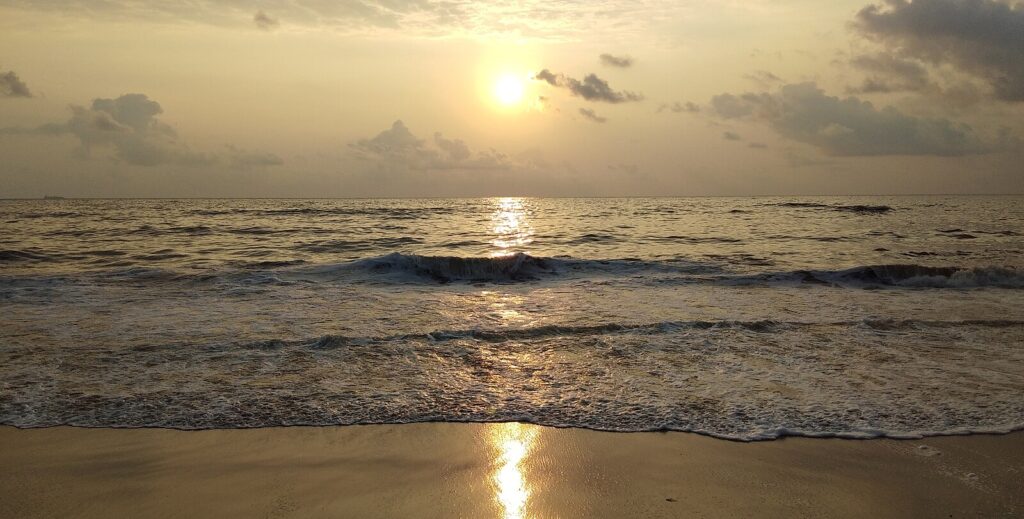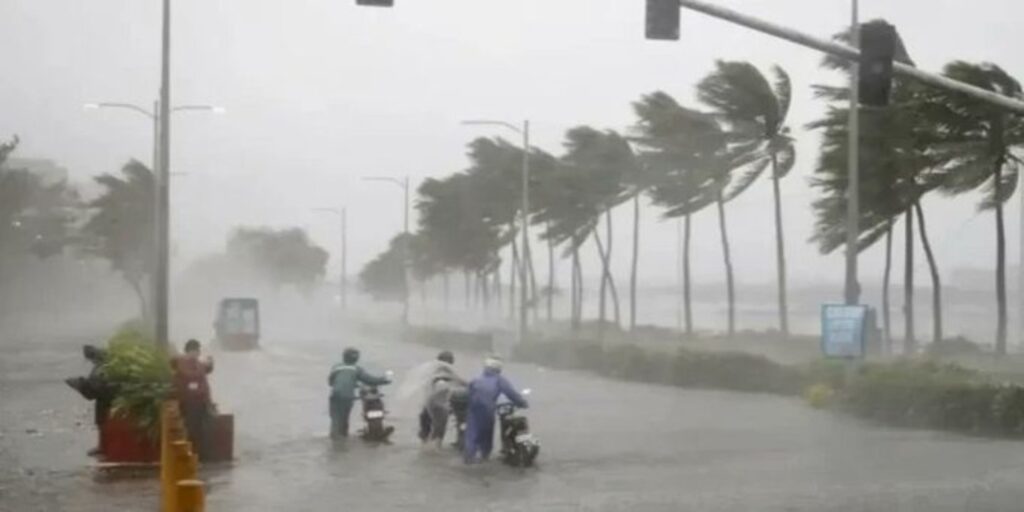Blue Buttons and Sea Dragons are rare. Naturally, they are found lounging in great sea depths or riding transcontinental currents.

Since many people don’t know what they are, hardly anyone knows these creatures are poisonous. This is the inspiration behind the advisory that people should refrain from being inordinately exposed to them.
Where Did the Blue Enigmas Come From?
There is another tale to the story of the Blue Buttons and Blue Dragons’ appearance. Experts noticed the appearance of these strange creatures after a cyclone.

Likewise, the area had an industrial oil spillage at about that time. So, experts are still struggling to determine if the creatures’ August visit is a product of the storm, the oil spillage, or both.
An Arrest at Sea
Whatever brought the creatures to shore must have arrested a school of them in the sea. This is because hundreds of the Blue Dragons and Blue Buttons were washed ashore on the beaches of Chennai.

Unfortunately, many of them were found dead, while residents found a handful of the creatures still alive. After the intervention of Marine and Environmental experts, they have since educated locals on what the creatures are.
An Environmentalist to the Rescue
Srivatsan Ramkumar, a resident of Chennai and an environmentalist who could tell what the blue creatures were, immediately he saw them.

It was also quite easy for Ramkumar to connect the dots between recent natural disasters and sightings of the blue creatures in Chennai. He remembered that cyclone Michaung caused some record rainfall in Tamil Nadu, leading to serious flooding in the area.
ALSO READ: Heavy Storm Forces Evacuation as Water Levels Rise in Northeast Rivers
Public Caution to the Ignorant
Also, Ramkumar was objective enough to identify the city’s flooding as the cause of the reported oil spillage. So, he concluded that sighting the deep sea creatures directly implies cyclone Michaung.

So far, the Tamil Nadu Forest Department has cautioned locals about touching the blue sea creatures. Previous encounters with them establish that they can be quite venomous.
POLL — Is Climate Change a Major Threat That Requires Immediate Policy Action?
Taking the Sensitization to Social Media
To further help with the sensitization, Ramkumar took to Instagram to educate his followers about the two creatures. He pointed out that unlike a group of fish that are called a school, Blue Dragons are called a Blue Fleet.

Ramkumar also clarified that the Blue Dragon’s scientific name is Blue Glaucus. He wrote, “It is a specie of sea slug that lives in the open ocean across the world.”
Poison Ivy of the Sea
Ramkumar also pointed out that blue dragons can be quite poisonous because they can store venom for a lifetime. After preying on a venomous aquatic animal, the blue dragon stores away the venom in its own body.

During an interview with a local news outlet, Ramkumar said, “After cyclonic disturbances, flushing of the sea bed is a common occurrence. On Chennai’s shore, spotting Blue Sea Dragons is not a regular occurrence, but they do show up once in a while.”
A Band of Deadly Buttons
However, Blue Buttons are a quite diverse creature. While blue dragons are newt-like sea creatures, blue buttons are colonies of multiple creatures called hydroid.

While many mistake them for a species of jellyfish, each blue button is a symbiotic colony of multiple creatures that share many things in common. For example, they hunt, feed, and protect one another collectively.
ALSO READ: Northwest Struck by Heavy Snowfall as Tornadoes Triggered by Winter Storm…
Becoming a Sly to Survive
On the contrary, blue sea dragons are well adapted to survival at sea. Besides its venom, it also protects itself with camouflage.

Its blue hue helps it to blend well with the blue waters when viewed from above by flying prey. Likewise, aquatic prey viewing a blue fleet from beneath confuse its white underbelly for the sparkling white surface of the sea.


